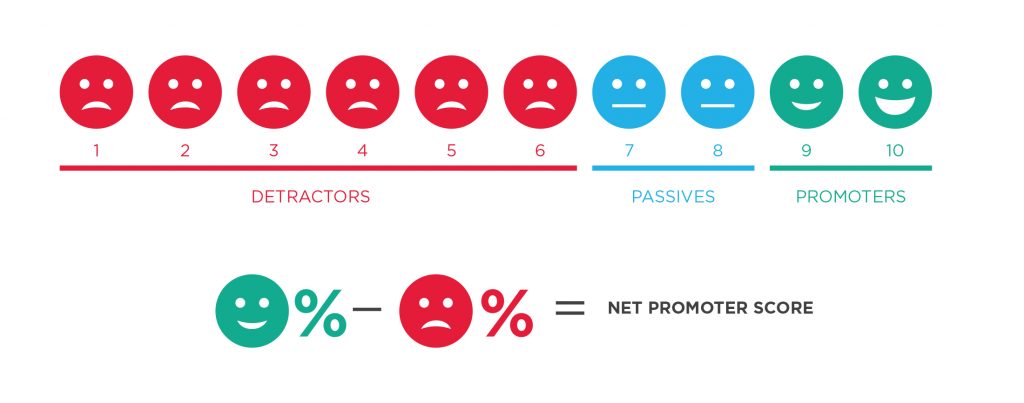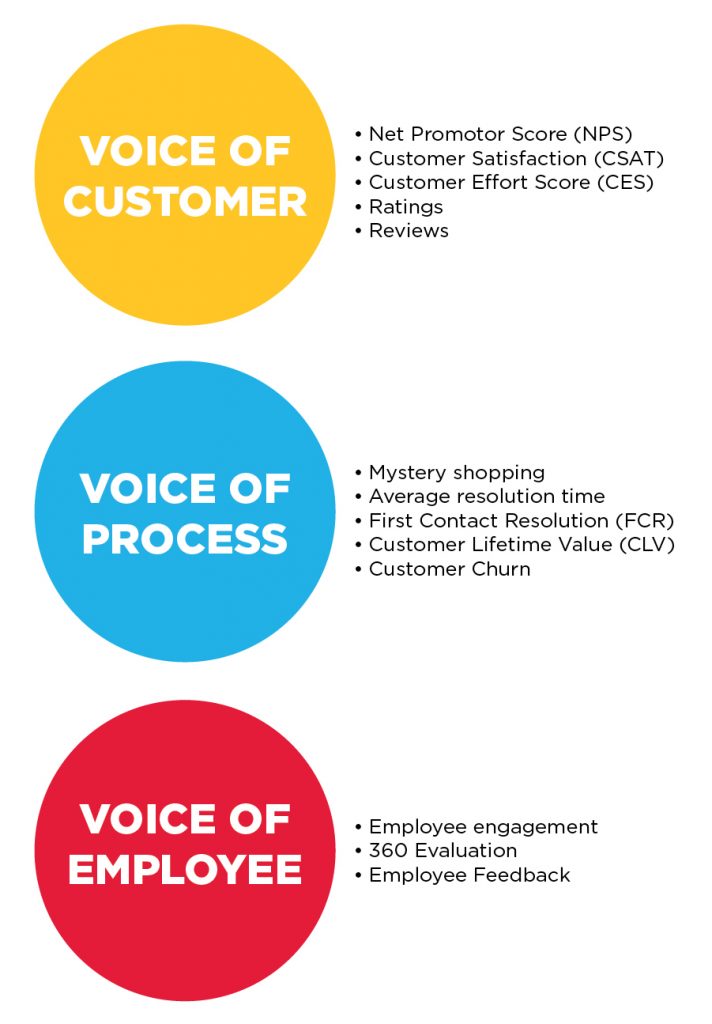Jun 29
Key metrics to measure customer experience (CX) in your business
June 29, 2021
 By María Rosa Puras, Insight Marketing Touch, LLC
Have you ever wondered if your business could benefit from a better customer experience?
According to Peter Drucker, an author and business administration consultant: “What is not measured can’t be improved. What is not improved, degrades.” All businesses benefit from knowing consumers’ expectations and feelings to create the best customer experience. Also, businesses that monitor and measure consumer experience discover how they can improve it and grow their profits. Your business can follow the lead of large organizations like Disney, Amazon, and Starbucks. Design experiences that positively surprise your customers and you will earn loyalty and income.
How do you measure customer experience in your business?
The customer is the core of the customer experience (CX) practice. This discipline discovers what consumers expect, as well as what they do, think, and feel in each interaction with a business. But how does a business obtain this information? It’s simple: by asking customers.
Any company can add this practice to its business model. There are solutions for all budgets. The simplest is to maintain direct communication with your customers. Listen to them and show them that their opinions and experiences do count.
In the customer experience practice, everyone is different and so should the service. A business segments its customers according to their expectations. Then designs the experience that meets and exceeds expectations at all touchpoints (corporate phone, customer service, website, mobile app, communication, offers, physical and virtual premises, buying process, shipping, delivery, installation, etc.).
The next step is measuring. Customer experience programs’ key metrics are divided into those associated with:
By María Rosa Puras, Insight Marketing Touch, LLC
Have you ever wondered if your business could benefit from a better customer experience?
According to Peter Drucker, an author and business administration consultant: “What is not measured can’t be improved. What is not improved, degrades.” All businesses benefit from knowing consumers’ expectations and feelings to create the best customer experience. Also, businesses that monitor and measure consumer experience discover how they can improve it and grow their profits. Your business can follow the lead of large organizations like Disney, Amazon, and Starbucks. Design experiences that positively surprise your customers and you will earn loyalty and income.
How do you measure customer experience in your business?
The customer is the core of the customer experience (CX) practice. This discipline discovers what consumers expect, as well as what they do, think, and feel in each interaction with a business. But how does a business obtain this information? It’s simple: by asking customers.
Any company can add this practice to its business model. There are solutions for all budgets. The simplest is to maintain direct communication with your customers. Listen to them and show them that their opinions and experiences do count.
In the customer experience practice, everyone is different and so should the service. A business segments its customers according to their expectations. Then designs the experience that meets and exceeds expectations at all touchpoints (corporate phone, customer service, website, mobile app, communication, offers, physical and virtual premises, buying process, shipping, delivery, installation, etc.).
The next step is measuring. Customer experience programs’ key metrics are divided into those associated with:
- Voice of customer
- Voice of process
- Voice of employees
 Customer Satisfaction (CSAT) using a scale from satisfied to dissatisfied, it includes several questions by areas of the customer journey (the process a customer goes through to purchase a product or service) and touchpoints. The variants are star ratings or reviews, very common for digital products and services.
Customer Effort Score (CES) measures, with a question, a customer’s degree of ease or difficulty with a business. The business’s processes can either help or prevent customers from achieving their goal. This metric is 40% more accurate in predicting loyalty than the satisfaction (CSAT) metric.
To sum up, customer experience metrics help your business design experiences that positively surprise your customers. There are many budget-friendly ways to meet customer expectations. When starting a CX program, the recommendation is to identify an area and measure the experience by integrating multiple sources, the consumer, and the employee. If your business has few interactions and touchpoints, the process can be more straightforward. If you have many interactions and touchpoints, there are several solutions to automate measuring and visualize the data.
Before committing to a CX technology program or solution, the most important thing is to know your consumer and business.
* María Rosa Puras, MBA, is the founder and Chief Insights Strategist at Insight Marketing Touch, a marketing consulting and market research firm. Her company specializes in uncovering consumer insights, identifying new opportunities for brands, and optimizing marketing strategies to reach target groups at all touchpoints. She has more than 25 years of experience working in marketing and conducting research studies in the United States, Latin America, and Puerto Rico for leading companies including Fortune 500, multinational, international, and local firms. She has worked on Consumer Experience (CX) projects with clients in Puerto Rico as well as overseas. For more information, go to http://insightmarketingtouch.com/.
This article is for informational purposes only and does not constitute an endorsement or guarantee of accuracy or applicability for any particular purpose. Neither Popular, Inc. (“Popular”) nor any of its affiliates, subsidiaries or related companies shall be liable for, any special, direct, indirect, or incidental damages including but not limited to loss of profits, that may arise from of be related to information or advice provided in this article, which was created by a third party. Popular provides financial services and is not dedicated (directly or indirectly) to providing any type of service related to the contents of this article. Should you require any service related to this content, you should seek the advice of a competent professional of your choice. Popular expressly denies all liability for any such advice.
Customer Satisfaction (CSAT) using a scale from satisfied to dissatisfied, it includes several questions by areas of the customer journey (the process a customer goes through to purchase a product or service) and touchpoints. The variants are star ratings or reviews, very common for digital products and services.
Customer Effort Score (CES) measures, with a question, a customer’s degree of ease or difficulty with a business. The business’s processes can either help or prevent customers from achieving their goal. This metric is 40% more accurate in predicting loyalty than the satisfaction (CSAT) metric.
To sum up, customer experience metrics help your business design experiences that positively surprise your customers. There are many budget-friendly ways to meet customer expectations. When starting a CX program, the recommendation is to identify an area and measure the experience by integrating multiple sources, the consumer, and the employee. If your business has few interactions and touchpoints, the process can be more straightforward. If you have many interactions and touchpoints, there are several solutions to automate measuring and visualize the data.
Before committing to a CX technology program or solution, the most important thing is to know your consumer and business.
* María Rosa Puras, MBA, is the founder and Chief Insights Strategist at Insight Marketing Touch, a marketing consulting and market research firm. Her company specializes in uncovering consumer insights, identifying new opportunities for brands, and optimizing marketing strategies to reach target groups at all touchpoints. She has more than 25 years of experience working in marketing and conducting research studies in the United States, Latin America, and Puerto Rico for leading companies including Fortune 500, multinational, international, and local firms. She has worked on Consumer Experience (CX) projects with clients in Puerto Rico as well as overseas. For more information, go to http://insightmarketingtouch.com/.
This article is for informational purposes only and does not constitute an endorsement or guarantee of accuracy or applicability for any particular purpose. Neither Popular, Inc. (“Popular”) nor any of its affiliates, subsidiaries or related companies shall be liable for, any special, direct, indirect, or incidental damages including but not limited to loss of profits, that may arise from of be related to information or advice provided in this article, which was created by a third party. Popular provides financial services and is not dedicated (directly or indirectly) to providing any type of service related to the contents of this article. Should you require any service related to this content, you should seek the advice of a competent professional of your choice. Popular expressly denies all liability for any such advice.



